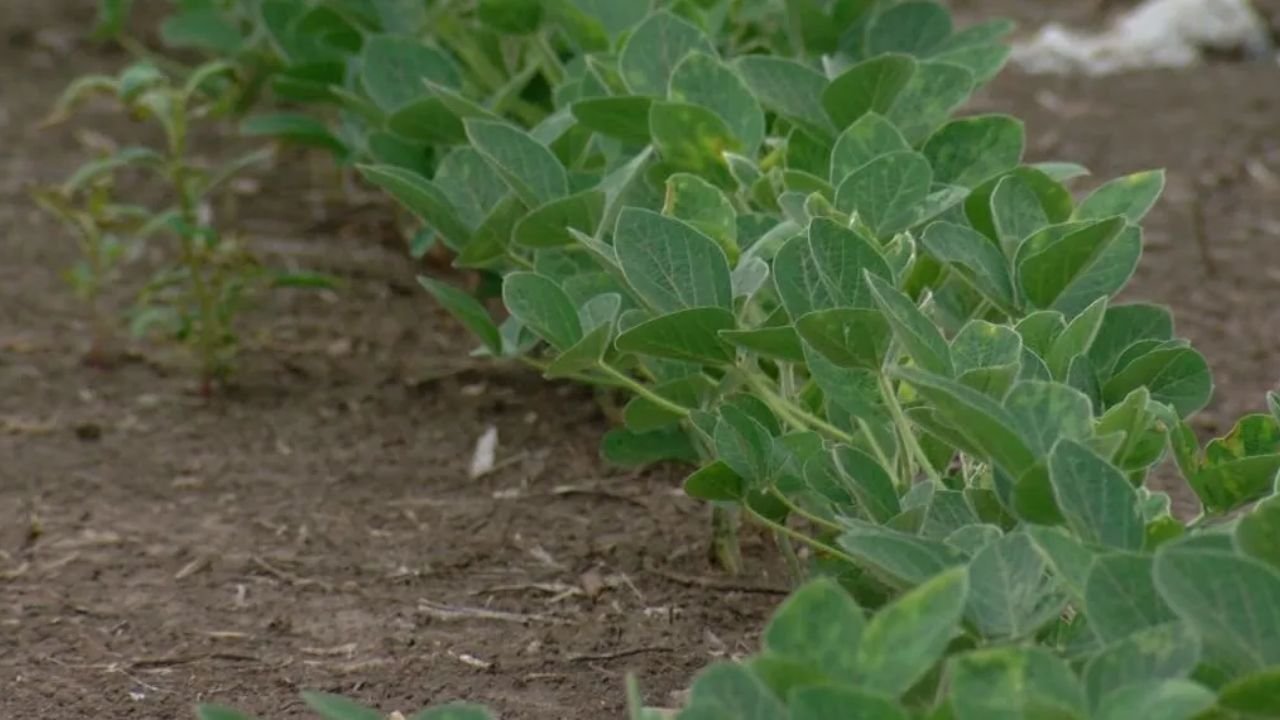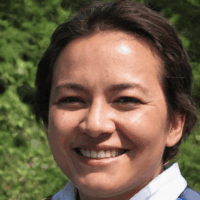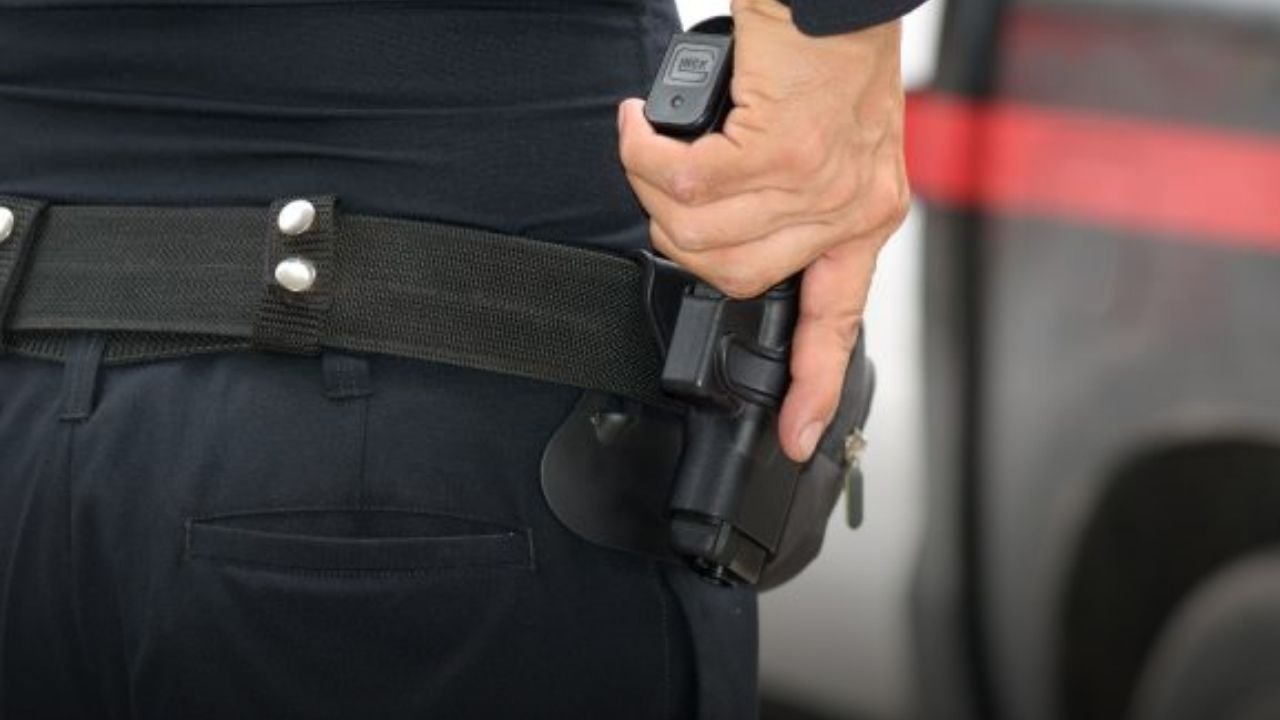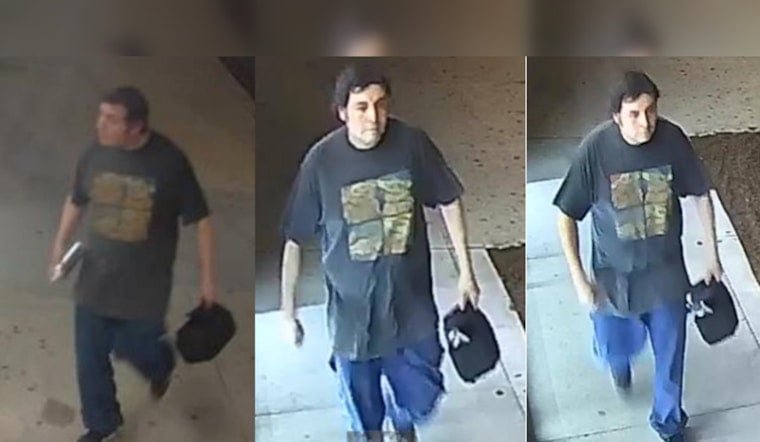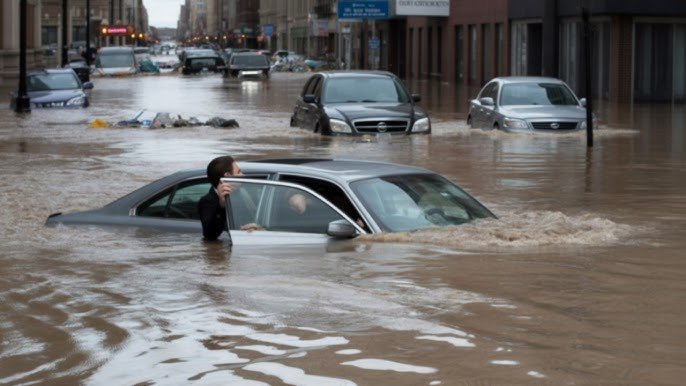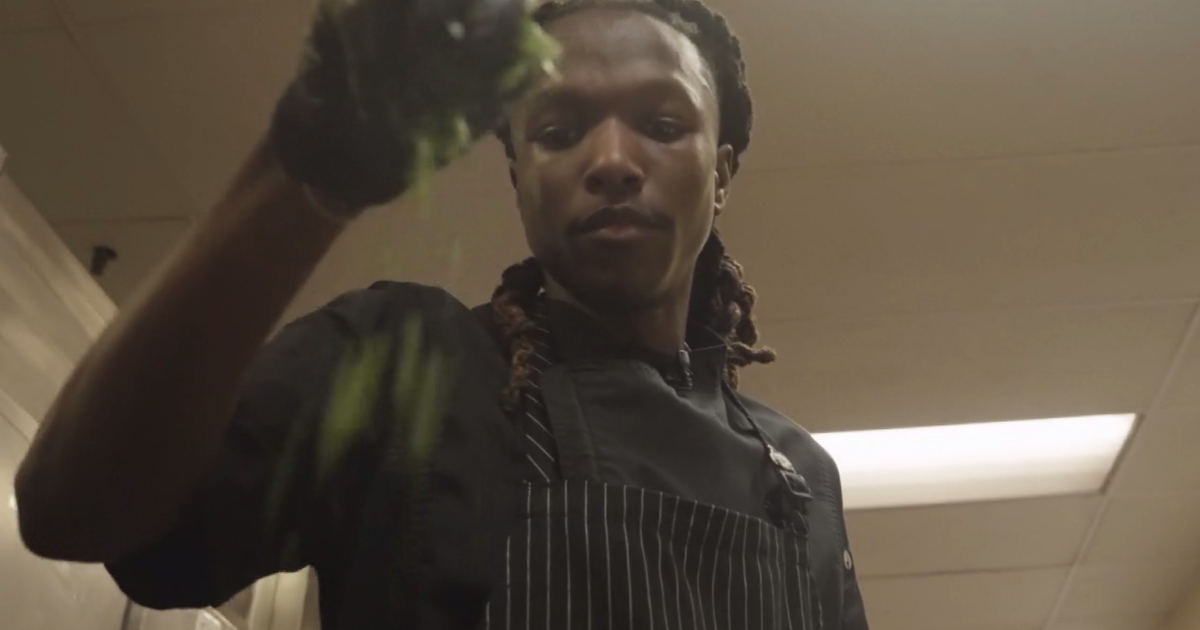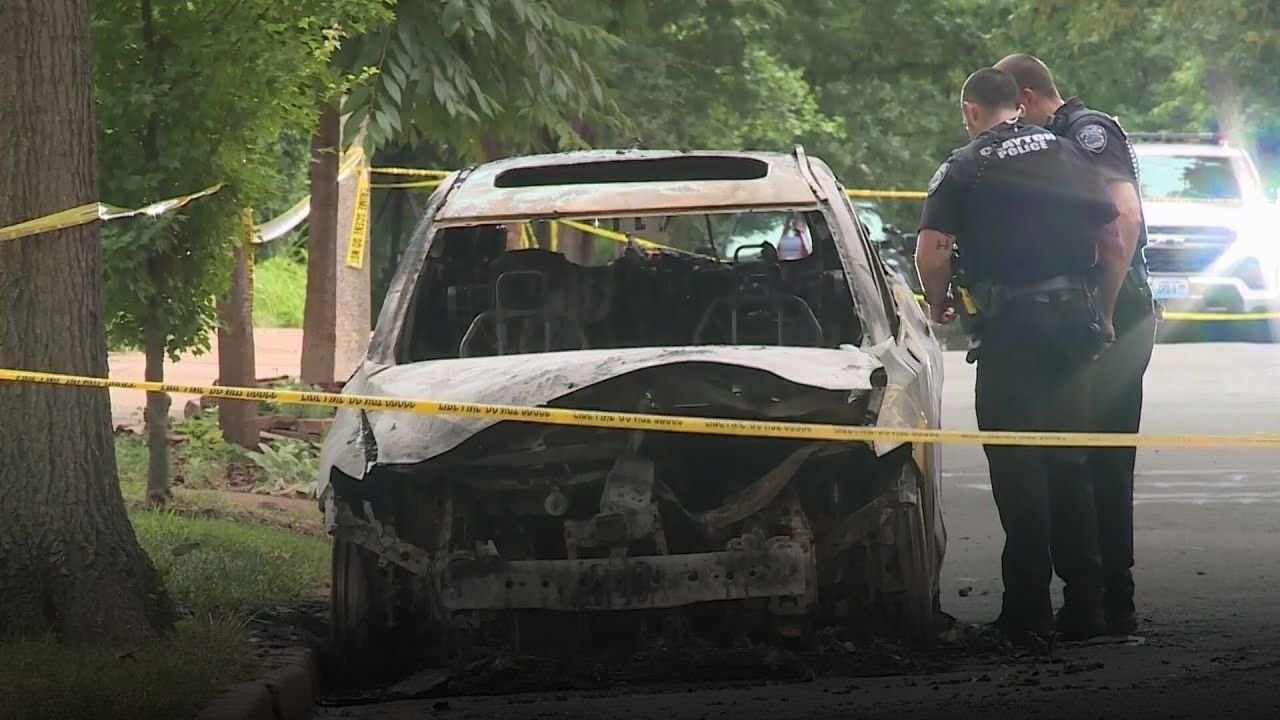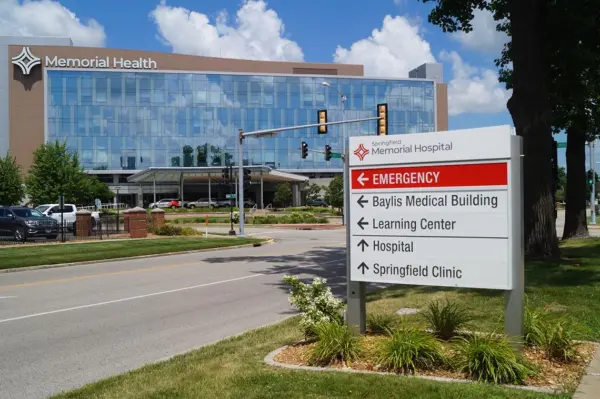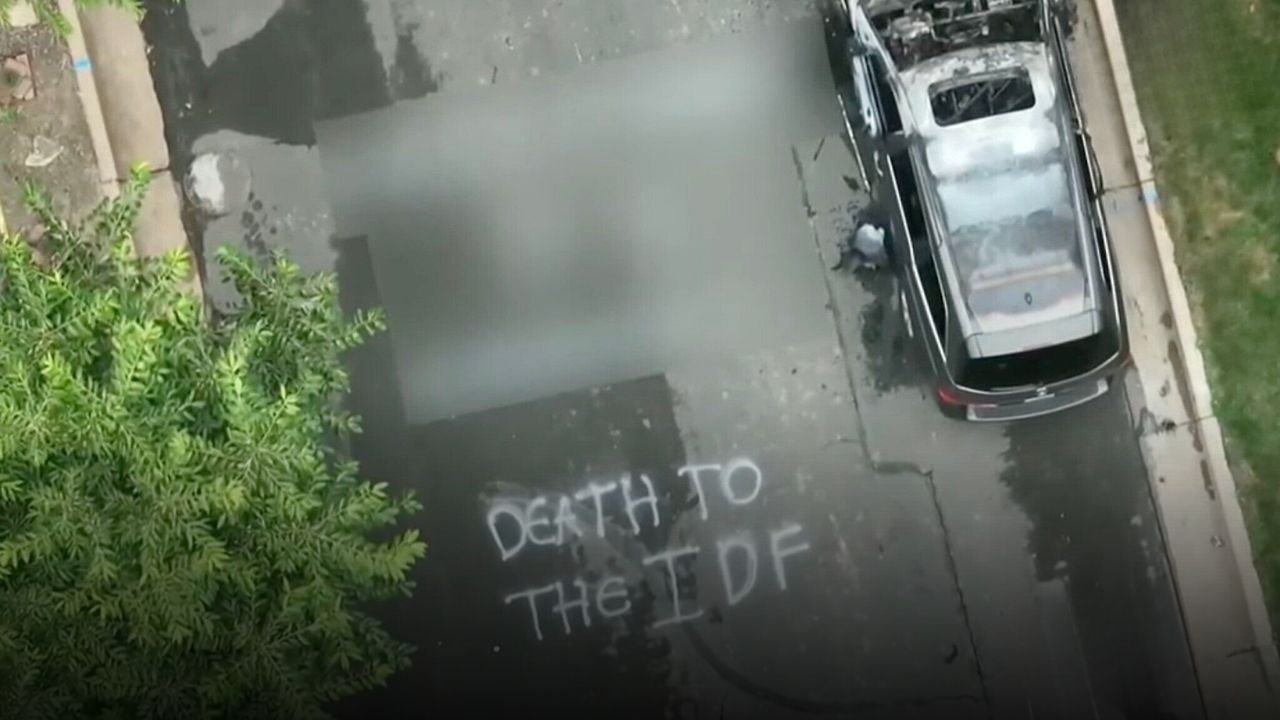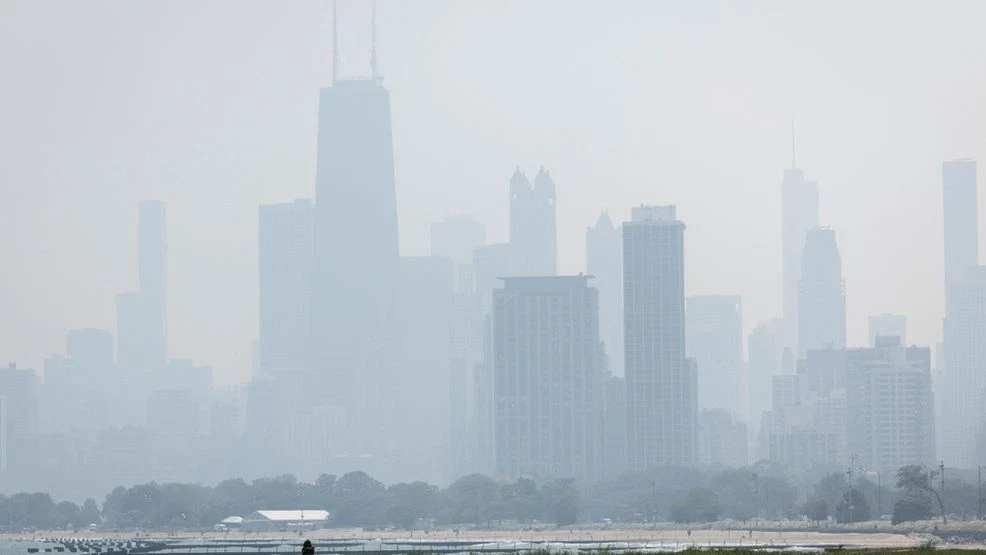ILLINOIS — Dust storms once thought to be relics of the Dust Bowl era are returning to Illinois — and the state’s underfunded soil conservation efforts may be to blame. A deadly 2023 dust storm that killed eight people on I-55 was followed by another in May 2025 that nearly blinded the Chicago skyline. Experts say dry farmland, high-speed winds, and outdated tilling practices are combining into a recipe for disaster.
But as the dust rises, state funding for Illinois’ Soil and Water Conservation Districts (SWCDs) continues to fall. Advocates warn that without stronger investment, these preventable storms could become a new normal.
A Perfect Storm: Weather, Soil, and Neglect
According to Andy Taylor of the National Weather Service, dust storms form when three key elements converge: dry soil, loose topsoil, and high winds. In May 2025, these factors triggered Chicago’s worst dust storm in nearly a century, with winds topping 60 mph and visibility dropping near zero.
Taylor noted the storm’s origins were more typical of High Plains states, not the Midwest. “Although we don’t expect these storms to be frequent,” he said, “when the conditions align — and they increasingly do — we could easily see this again.”
The consequences can be deadly. A 2023 dust storm along I-55 near Divernon caused a multi-car pileup that killed eight and injured dozens. Visibility was completely lost in seconds as fields of dry, unprotected soil were swept into the air.
Soil Conservation: Undervalued and Underfunded
Despite the increasing dangers, Illinois’ FY2026 budget includes only $7.5 million for SWCDs — a $1 million decrease from the year before. Worse, the FY2025 budget had already slashed funds by $4 million.
Of the current budget:
-
$3 million goes to cost-share grants for farmers
-
$4.5 million is left for administrative costs, divided among 97 districts statewide
This means each district receives just $40,000 annually — barely enough to employ one full-time staffer with benefits.
Eliot Clay, executive director of the Association of Illinois SWCDs, called the funding “wildly inadequate.” He emphasized that each district really needs at least two full-time employees — one for farm visits, the other for office management. “We’re not regulators. We help farmers do better. But we can’t do it with skeleton crews.”
A Legacy Ignored: Why SWCDs Matter
SWCDs were established nationwide after the Dust Bowl of the 1930s, following a push from President Franklin D. Roosevelt to protect America’s soil. Today, Illinois has nearly one district per county, providing services such as:
-
Field assessments
-
Conservation education
-
Access to state and federal grants
-
Implementation of best practices like no-till farming and cover crops
Unlike the EPA or Department of Agriculture, these districts don’t enforce regulations — they work with farmers. But their ability to do so is diminishing with each budget cut.
What Farmers Are Doing — and What’s Missing
Kevin Brooks, a commercial ag educator at University of Illinois Urbana-Champaign, says modern farming tools are partly to blame. “This is primarily about tillage,” he explained, referencing the widespread use of high-speed discs, which pulverize topsoil into powder. These machines became more popular after farmers received COVID-era stimulus funds.
Brooks encourages farmers to switch to:
-
Strip-till: Tilling only the seed rows
-
No-till: Avoiding tillage entirely
-
Cover crops: Planted after harvest to retain moisture and organic matter
While some farmers are making changes, like State Rep. Charlie Meier (R-Okawville) who now no-tills all his soybeans, most fields are still vulnerable. Meier — who was named Illinois Conservation Farm Family of the Year in 2009 — slammed state Democrats for prioritizing solar and wind subsidies over soil conservation. “They’re not funding the nuts and bolts of Illinois agriculture,” he said.
Caught in the Storm: Public Safety Risks Rise
Though many think of dust storms as rural issues, the May 2025 storm that shrouded Chicago in brown haze proved otherwise. Residents across the metro area experienced ash-like residue on vehicles and poor air quality for days.
For drivers, the danger is immediate. Taylor from the National Weather Service recommends these steps if you encounter a dust storm:
-
Pull completely off the road
-
Turn off your lights
-
Remove foot from the brake
Why? “Your lights may mislead other drivers into thinking you’re moving — increasing the risk of a pileup,” Taylor warned.
Accountability and Advocacy
One of the most alarming aspects is how Illinois’ SWCDs must individually lobby legislators to secure funding — a process most other agencies do not face.
Clay says this makes soil health appear optional. “We’ve been told that if we want more money, we need to go lawmaker to lawmaker. That’s just not how it should work.”
Despite two years of lobbying for $10.5 million annually, Clay’s group has repeatedly come up short. As storms become more severe and soil quality declines, conservationists are asking tough questions: What does the state really value?
Long-Term Solutions — or Long-Term Consequences?
Illinois’ soil degradation isn’t just an environmental issue — it’s economic, public health, and safety. Poor soil leads to:
-
Crop loss
-
Lower farm income
-
Air pollution and respiratory issues
-
Traffic fatalities in dust storm conditions
Conversely, investing in soil health yields:
-
Increased farm productivity
-
Cleaner air
-
Disaster risk reduction
-
Long-term economic savings
With climate change expected to increase drought and wind events across the Midwest, the time for reactive policies has passed.
Have you seen changes in Illinois farmland or air quality in your area? Are you a farmer, driver, or resident impacted by recent dust storms or soil erosion? Share your experience in the comments or send tips to saludastandard-sentinel.com — and follow our ongoing coverage on conservation, agriculture, and public safety across the state.
Sources:

